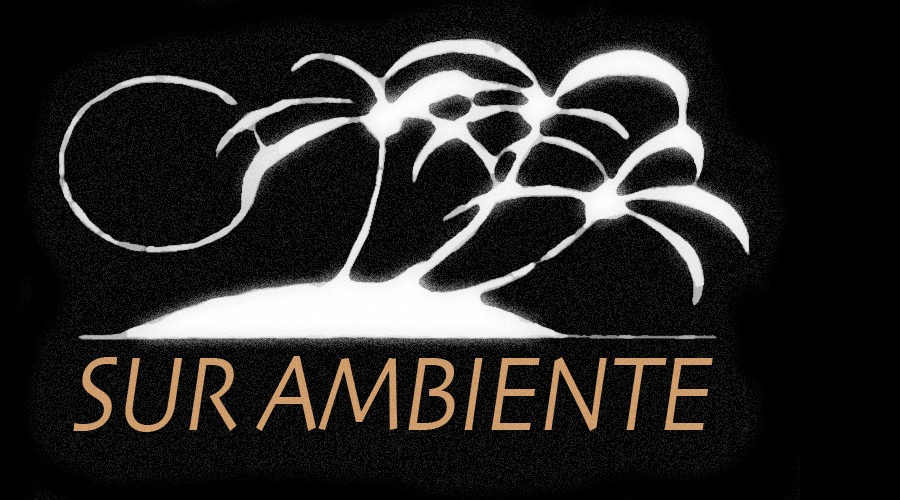Paco Moreno was born in a small village near Jerez de la Frontera. As a child he has had intensive contact with flamenco. Today he is one of the most famous Flamenco singer, who masters in the diverse styles of Cante Jondos. Susi de Leon, has been dancing since her childhood. She grew up in a small town in Leon in Northern Spain and has been taught by world-renowned dancers. Raquel Martin is a dancer, from Malaga. She received her dance training a.o. fromi La Tona and Jose Garvan. Tomatito Aleman, has studied the traditional Flamenco guitar from Paco Pena in Cordoba and accompanies numerous Flamenco artists in Germany and Spain on the guitar. He is both comfortable with the flamenco- as well as the classical guitar. Together with guitarist Paco Moreno he also plays as a duo.
The flamenco vocals, original expression of flamenco, is an art, that – based on folk music from different cultures – was created by the inhabitants of Andalusia in southern Spain. In the 18. century, a major cultural epoch of the history of culture in many European countries, the southern Andalusians and the here residing, gypsies (Gitanos), gave this music its character and its definitive structure. The first traces of this clash of the folklore of Andalusia with the genius of the Gypsies can be found around 1750.
Due to the persecution by the church and the state flamenco had to exist in the underground – and survived. It talks about death and injustice, about fear and lonelyness, about unfortunate love , fate and the” pena”, the suffering from a socio-critical angle. The Oriental influences are obvious, the Gregorian chant, Byzantine influenced, that played a big role in Spain in the 10. century and was very popular, the music of the Arabs, who where present in Spain over centuries, and the musical memories of the Gypsies from southern India, influenced the Flamenco. The balance between Orient and Occident was kept with the appearance of the guitar, that from there on, accompanied the vocals and dance. Flamenco is passed on from master to student, there are no scores, which is why there is so much viability and spontaneity.

